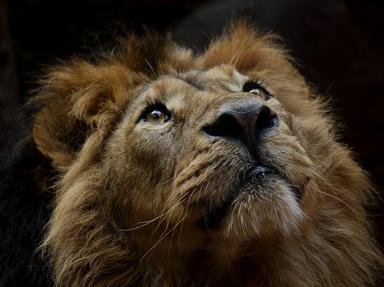Quiz Answer Key and Fun Facts
1. Named after its distinctive facial markings, this large, furry creature is the only member of its family native to South America
2. This black-and-white creature used to be highly prized by the perfume industry because of its glandular secretions
3. Considerably smaller than its namesake, this beautiful, rare feline inhabits forested areas of Southeast Asia
4. This amphibious animal, the longest member of the weasel family, is mostly found in the Amazon River basin
5. Only found on the island of Madagascar, this cat-like creature is small but fierce
6. This deceptively-named mammal - a bit of a movie star - belongs to the mongoose family
7. South America's largest canid, this animal looks like a long-legged fox, but is not a fox
8. Also known as "Persian lynx", this medium-sized cat's appearance is characterized by very long ear tufts
9. As its name implies, this hulking mammal is the largest and heaviest of its kind
10. The smallest member of its family, this rather unattractive animal found in Asia and Africa does not deserve its bad reputation
Source: Author
LadyNym
This quiz was reviewed by FunTrivia editor
rossian before going online.
Any errors found in FunTrivia content are routinely corrected through our feedback system.
